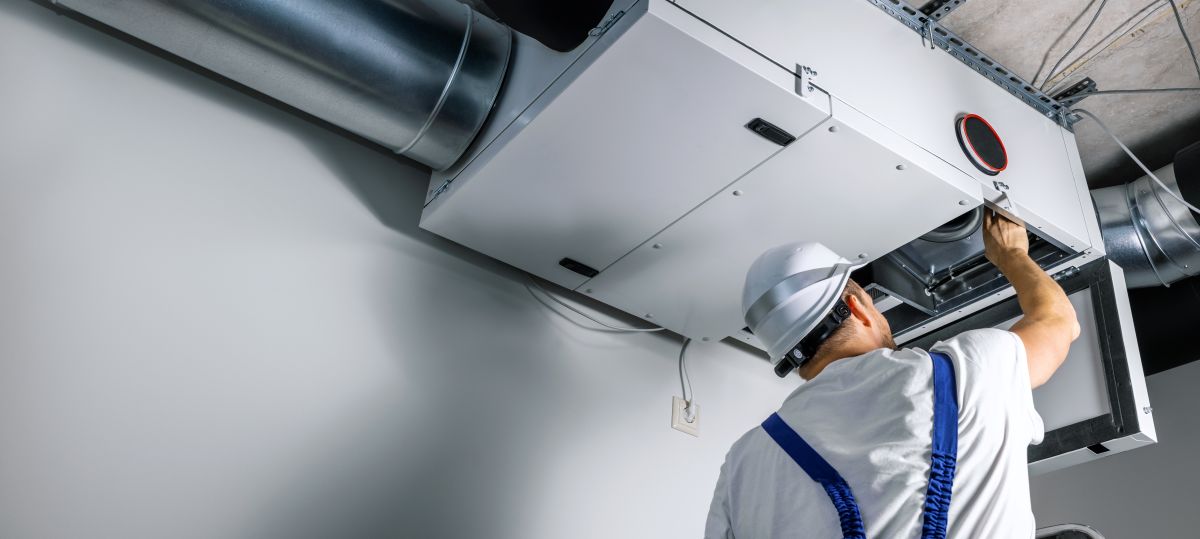What’s a Rich Text element?
The rich text element allows you to create and format headings, paragraphs, blockquotes, images, and video all in one place instead of having to add and format them individually. Just double-click and easily create content.
Static and dynamic content editing
A rich text element can be used with static or dynamic content. For static content, just drop it into any page and begin editing. For dynamic content, add a rich text field to any collection and then connect a rich text element to that field in the settings panel. Voila!
How to customize formatting for each rich text
Headings, paragraphs, blockquotes, figures, images, and figure captions can all be styled after a class is added to the rich text element using the "When inside of" nested selector system.
- This is a list item
- Another list item
- Numbered item
- Another numbered item
Some link
In the rapidly evolving healthcare landscape, innovative facility directors and facility management teams are combining technology and best practices to drive efficiency, ensure compliance, and enhance patient care. Effective asset management lies at the heart of these efforts, and it's especially critical in healthcare facilities where the seamless operation of equipment and infrastructure directly impacts patient outcomes. The essential components of asset management – asset tagging, maintenance, and compliance – become even more effective with asset management software empowering healthcare facility directors to excel in their responsibilities.
Foundations of Effective Asset Management
- Centralize Asset Data: Consolidate all asset-related data in a centralized database or software system - have one, centralized place for all of your asset inventory to go. This ensures that accurate information is easily accessible to authorized personnel, reducing the risk of errors and miscommunication. Centralization also facilitates data analysis and reporting, helping you make informed decisions.
- Develop a Comprehensive Asset Inventory: Create a detailed inventory of all assets within the hospital. This inventory should encompass medical equipment, IT systems, building infrastructure, and even furniture. Having a comprehensive asset list is crucial for tracking maintenance schedules, depreciation, and replacement needs. Utilizing computerized maintenance management systems (CMMS) or asset management software can simplify this process and provide real-time data.
- Foster a Culture of Accountability: Accountability is crucial in asset management. Establish clear roles and responsibilities for staff members involved in asset tracking, maintenance, and procurement. Encourage employees to take ownership of the assets they use and educate them on proper care and handling.
- Conduct Regular Audits: Perform regular asset audits to verify the accuracy of your asset inventory and compliance with maintenance schedules. Audits should include physical inspections, asset tracking reconciliation, and verification of documentation. These audits can uncover hidden issues and opportunities for improvement.
- Plan for Emergency Asset Management: Hospital facility directors should have contingency plans for asset management during crises such as natural disasters or pandemics. Ensure that critical assets are safeguarded and that backup systems are in place to maintain essential services.
Asset Tagging: The Foundation of Visibility
- Comprehensive Asset Tagging: Asset tagging involves assigning unique identifiers (tags) to all assets within a healthcare facility. This process is the cornerstone of visibility and control. Every piece of equipment, from life-saving medical devices to HVAC systems, should have a distinct identity through asset tags. Accurate asset tagging is the first step towards optimizing asset management.
- Barcodes & QR Codes: Modern asset tagging is driven by technology. Barcodes and QR codes are the go-to choices. Barcodes and QR codes are cost-effective and simple to implement. They facilitate quick asset identification through handheld scanners or mobile devices.
- Location Tracking: Asset tagging isn't just about naming assets; it's about knowing where they are at any given moment. Advanced asset management systems equipped with RFID technology allow healthcare facility directors to track assets in real-time. This feature is invaluable in a hospital setting where misplaced or misused assets can impact patient care, but can be costly to set up.
Maintenance: Preserving Asset Reliability
- Proactive Maintenance Planning: Preventive maintenance is essential in healthcare facilities to ensure the reliability and safety of assets. Innovative facility directors leverage asset management software to schedule and track maintenance tasks. With the help of historical maintenance data, they can determine optimal maintenance intervals and prioritize critical tasks.
- Embrace IoT and Predictive Maintenance: Leverage the power of the Internet of Things (IoT) to implement predictive maintenance. IoT sensors can continuously monitor equipment conditions and provide real-time data on asset performance. By analyzing this data, you can anticipate issues before they escalate, reducing downtime, and saving costs in the long run. Implementing a predictive maintenance strategy can also extend the lifespan of your assets.
- Asset Health Monitoring: Healthcare facilities are 24/7 operations, and equipment failures can be catastrophic. Asset management software continuously monitors the health of critical assets. Abnormalities or deviations trigger alerts, allowing facility directors to take immediate action. This real-time monitoring enhances patient care and minimizes disruptions. Understanding the lifecycle of each asset is also essential for cost-effective asset management. Determine the expected lifespan of your assets and plan for replacements or upgrades accordingly. This proactive approach minimizes downtime and avoids sudden, costly expenses.
- Documentation and Compliance: Maintenance records are not just for operational purposes; they are crucial for regulatory compliance. Healthcare facilities must adhere to strict regulations, and proper documentation is a non-negotiable requirement. Asset management software streamlines the documentation process, ensuring that maintenance records are accurate, accessible, and audit-ready.
Compliance: Navigating the Regulatory Maze
- Automated Compliance Tracking: Asset management software serves as a powerful ally in ensuring compliance. It can be configured to track compliance requirements specific to each asset category. Automated reminders and notifications help healthcare facility directors stay on top of compliance tasks and avoid penalties or fines.
- Survey Preparedness: Whether it's a surprise inspection or a scheduled regulatory audit, healthcare facility directors must be prepared for surveys. Asset management software simplifies audit/survey preparation by providing easy access to comprehensive asset data and maintenance records.
The Power of Asset Management Software in Healthcare Facilities
- Real-time Asset Visibility: Asset management software offers real-time visibility into the location, condition, and usage of assets. This level of transparency is invaluable in healthcare, where timely access to critical equipment can be a matter of life and death.
- Efficiency and Productivity: Manual asset management processes are time-consuming and error-prone. Asset management software automates routine tasks, such as asset tracking, maintenance scheduling, and compliance management. This automation frees up staff to focus on patient care and other high-value activities.
- Data-Driven Decision-Making: Data has real power. Asset management software collects and analyzes data on asset performance, usage patterns, and maintenance history. This data-driven approach empowers directors to make informed decisions about asset procurement, upgrades, and retirement.
- Cost Control: Asset management is closely tied to budgeting. Develop a strategic budget that accounts for the acquisition, maintenance, and replacement of assets. Prioritize spending on assets that directly impact patient care while seeking cost-saving opportunities in non-essential areas. Asset management software helps optimize asset utilization, reduce unplanned maintenance expenses, and extend asset life cycles. These cost-saving measures contribute to the overall financial health of the facility.
- Scalability: As healthcare facilities grow and evolve, their asset management needs change. Asset management software is scalable and adaptable, making it an ideal solution for facilities of all sizes. It can accommodate the addition of new assets and adjust to changing compliance requirements.
Innovative healthcare facility directors and management understand that effective asset management is not an option; it's a necessity. Asset tagging, maintenance, and compliance are the pillars of successful asset management in healthcare facilities. Asset management software, with its advanced features and automation capabilities, empowers directors to streamline operations, enhance patient care, ensure compliance, and control costs. By embracing these best practices and leveraging technology, healthcare facilities can transform their asset management processes, ultimately leading to better outcomes for patients and the facility as a whole.
A combination of technology & best practices for powerful asset management
About the author











.svg)



.jpeg)










.svg)






.svg)
.svg)
.png)